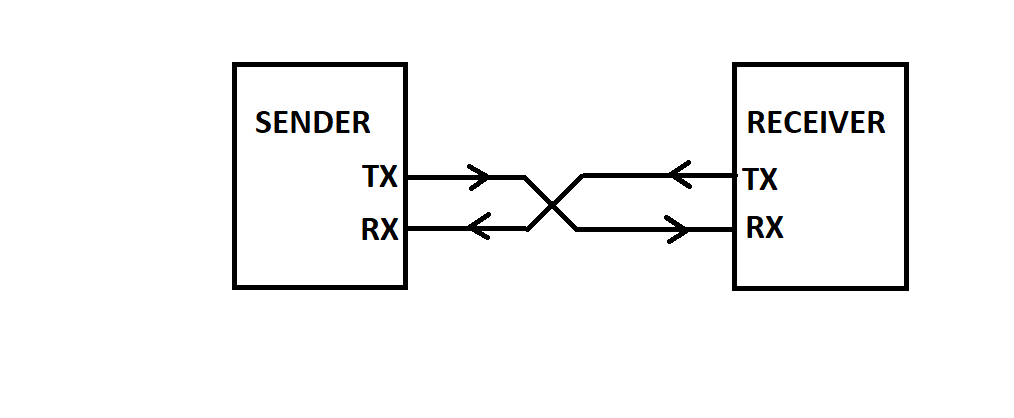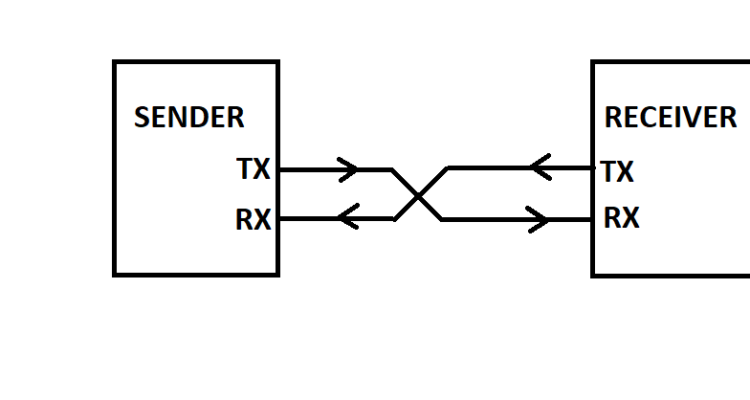Introduction:
Communication is exchange of information which takes places between humans. Similarly when processor or electronics communication takes places, the exchange of information is in the form of bits.
There are many protocols developed for establishing communication channel between two or more devices and used depending upon the need and application. All of the communication comes under either serial communication or parallel communication.
What is serial communication?
Data communication done with a single pair of wires between two or more processors is serial communication. Generally it was designed to handle loads of data throughout long cables of wires.
In this communication protocol, data bits are transmitted in sequential manner one by one over a communication channel.

How does serial communication protocol works?
To get error free data, there is standard way of transmitting frame of data which consists of:
- Data bits
- Synchronization bits
- Parity bits
- and baud rate
Let us go through all of them in detailed explanation:
- Synchronization bits: The synchronization bits are always present in a frame of data. They include start bit and stop bit. Usually the start bit (beginning of every new packet of data) is one bit data and stop bit (end of every pack of data) is one or two bits of data.
Diagram of data frame

Diagram of clock synchronization

- Baud rate: Baud rate specifies the speed or rate at which your data is transmitting over a serial line. It is expressed in bits per second (bps). If you invert baud rate, you will get time required to transmit a single bit. During serial transmission, transmitter and receiver should be at same baud rate to get 100% successful transmission and error free data. Usually 9600 bps is used and some other general baud rates are 1200, 2400, 4800, 19200, 38400, 57600 and 115200.
- Parity bits: The parity bits are used for error checking and giving information regarding numbers of 1’s in data bits. If there are even numbers of 1’s then parity bit will be 0 and when there are odd number of 1’s the parity bit will be 1.
- Data bits: The actual information of every packet is stored into data bits. The number of data bits varies anything between 5-9 bits of data.
Serial communication between two systems can be implemented in three modes:
- Simplex: A simplex carries information only in one direction.
Example: radio and television broadcasting.
2. Half duplex: In half duplex, system is capable of transmitting in both direction but one at a time.
Example: walkie-talkie.
3. Full duplex: In full duplex, system is capable of transmitting and receiving simultaneously in both directions.
Example: video conferencing, audio calling, etc.
